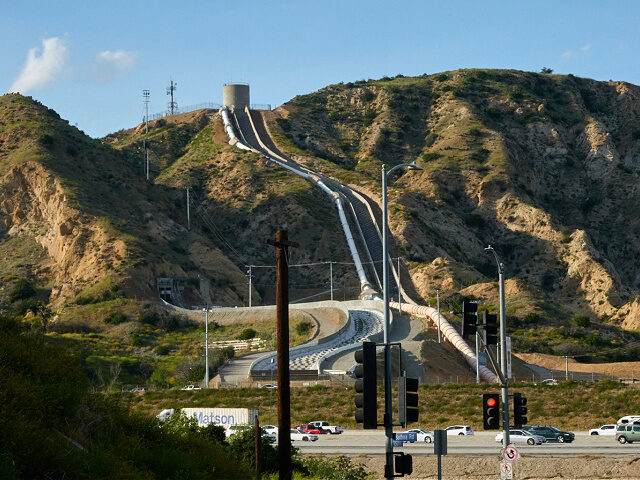President Joe Biden continues his campaign to destroy domestic oil production leading some midstream U.S. companies to shift their attention to natural gas pipelines and export infrastructure as a way to increase growth opportunities.
“The biggest opportunity right now is primarily in serving LNG [liquefied natural gas], whether it’s adding U.S. export capacity or building pipelines to bring the gas to LNG terminals,” Stephen Ellis, a strategist at financial services firm Morningstar, said in a Reuters report.
Reuters reported:
Natural gas projects are expected to be the mainstay of growth in coming years as production rises and shippers find new customers in Europe, which is trying to wean itself off of Russian energy, and in Asia, where many countries are boosting imports of LNG.
The expansion followed several proposals to build liquefied natural gas (LNG) processing plants along the U.S. Gulf Coast, which have the potential for liquefaction of about 3.1 billion cubic feet per day (bcfd) of new gas supply, to take advantage of rising European and Asian demand.
Total natural gas output in the largest U.S. shale basins is expected to increase 0.7 billion bcfd to a record 93.0 bcfd in August, according to an Energy Information Administration forecast. Other companies looking to add new gas pipelines, particularly in the Permian, include units of Energy Transfer LP (ET.N) and MPLX LP (MPLX.N).
A challenge faced by these midstream operators will be whether they are able to build new pipelines outside of the U.S. Gulf in the country’s interior under the Biden administration, according to Reuters.
“Everybody has pretty much given up on ever doing another long-haul pipeline anywhere outside of Texas and, maybe, Louisiana,” Bradley Olsen, lead portfolio manager for Recurrent Investment Advisors’ midstream infrastructure strategy, said in the article.
One such project under review is the battle between producers and environmentalists over a natural gas pipeline from northwest West Virginia to southern Virginia. The pipeline is scheduled to be completed next year but is in the midst of legal battles that threaten that goal.
Meanwhile, crude oil capacity exceeds production, according to the federal Energy Information Administration and Morningstar data.
Currently, there are roughly eight million barrels per day of Permian crude pipeline capacity and less than 5.5 million bpd of production, according to EIA and Morningstar figures.
Follow Penny Starr on Twitter.

COMMENTS
Please let us know if you're having issues with commenting.